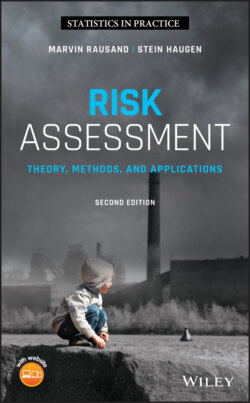Читать книгу Risk Assessment - Marvin Rausand - Страница 262
5.5 Closure
ОглавлениеThere has been an ongoing discussion in the scientific community regarding the adequacy of RAC for making decisions about risk. Among the critics is Terje Aven (e.g. see Aven 2007 ; Aven and Vinnem 2005), who questions the use of RAC from a decision theoretical and ethical perspective. Risk acceptability evaluations must be based on ALARP‐considerations, he claims, and not static criteria that fail to address the relationships among risk, benefits, and improvement. In view of the fact that the benefits we gain from accepting a risk weigh so heavily, it may be reasonable to argue that we do not need a specific upper limit, but rely solely on weighing risk against benefits.
Johansen (2010) takes a more pragmatic perspective by suggesting that RAC should be evaluated according to their feasibility to the decision‐maker and the extent to which they promote sound decisions. The first issue is primarily a matter of how we measure risk, and the ability of different measures to rank alternatives and provide precise recommendations with little uncertainty. The second is a matter of how the criteria are derived (e.g. MEM versus ALARP) and the extent to which they encourage improvement or preservation of status quo and allow for balancing risk with other considerations. Although useful for evaluating risk, it is recommended that practitioners interpret RAC as guiding benchmarks rather than rigid limits of acceptability.
